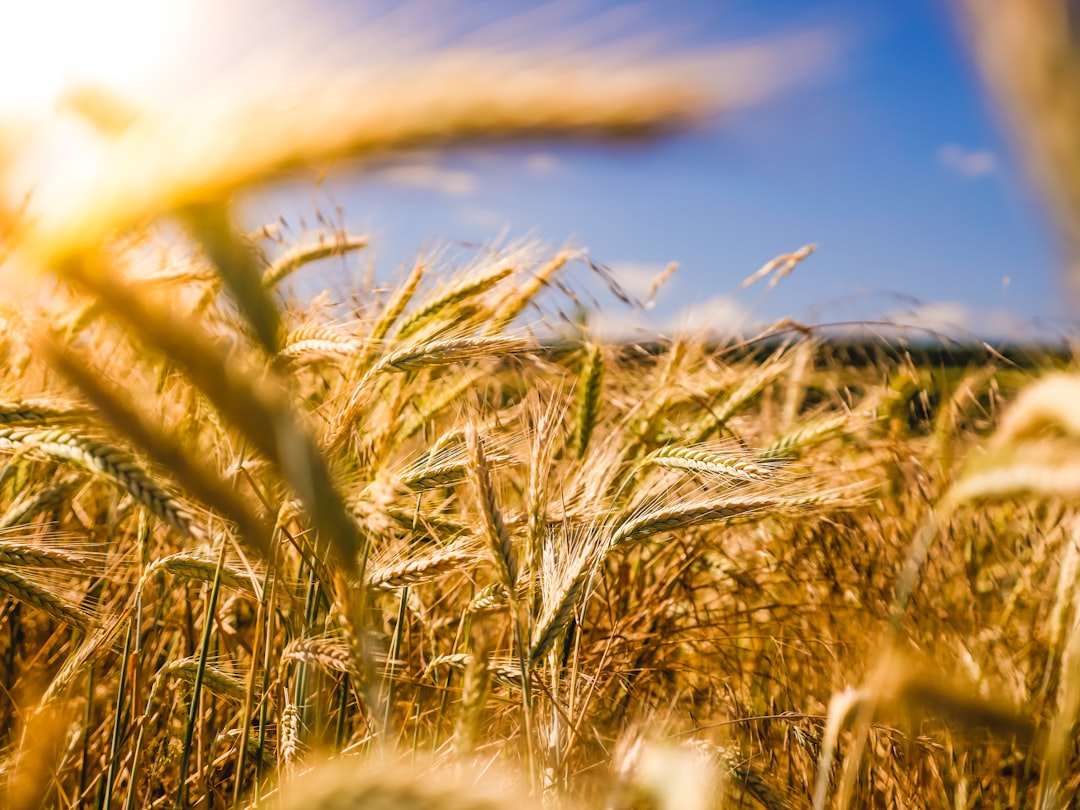In agriculture, ensuring high germination rates and uniform seedling emergence is crucial for achieving optimal crop yields. Various pre-sowing treatments have been developed to improve seed performance, among which seed priming stands out as a widely used and effective technique. This blog post explores seed priming and other pre-sowing treatments that enhance germination rates, helping farmers and agronomists achieve better crop establishment and productivity.
What is Seed Priming?
Seed priming is a controlled hydration process that allows seeds to undergo the early stages of germination without actual radicle (root) emergence. This process enhances the seed’s metabolic activity, leading to faster and more synchronized germination once planted. There are several types of seed priming techniques:
1. Hydropriming
This involves soaking seeds in water for a specific duration and then drying them before sowing. Hydropriming helps to initiate the metabolic processes within the seed and improves water uptake, leading to faster germination and seedling establishment.
2. Osmopriming
Osmopriming involves soaking seeds in an osmotic solution (e.g., polyethylene glycol, mannitol, or salt solutions) to regulate water absorption. This controlled hydration enhances stress tolerance, particularly under drought or saline conditions.
3. Halo-Priming
Halo-priming is similar to osmopriming but uses salt solutions (e.g., potassium nitrate or sodium chloride) to enhance seed vigor and improve resistance to salinity stress.
4. Hormonal Priming
Hormonal priming involves treating seeds with plant growth regulators (e.g., gibberellic acid, cytokinins, or auxins) to stimulate early germination and improve seedling growth.
5. Biopriming
This technique combines seed hydration with beneficial microorganisms, such as plant growth-promoting bacteria or fungi. Biopriming enhances seedling resistance to pathogens and improves overall plant health.
Other Pre-Sowing Treatments to Improve Germination
Apart from seed priming, several other pre-sowing treatments help improve germination rates and seedling establishment:
1. Seed Scarification
Some seeds have hard seed coats that prevent water absorption and delay germination. Scarification techniques, such as mechanical abrasion, acid treatment, or hot water soaking, break down these barriers and promote faster germination.
2. Seed Stratification
Certain seeds require exposure to cold temperatures to break dormancy. Stratification involves storing seeds under moist and cold conditions for a specific period to mimic natural winter conditions and trigger germination.
3. Seed Pelleting and Coating
Seed pelleting involves adding protective coatings to seeds, often with nutrients, pesticides, or biological agents. This technique enhances seed handling, improves uniformity, and provides added protection against pests and diseases.
4. Seed Heat Treatment
Heat treatments help eliminate seed-borne pathogens and enhance germination rates. Controlled exposure to heat or hot water can disinfect seeds while preserving viability.
5. Electrical and Magnetic Treatments
Emerging technologies such as electrical and magnetic seed treatments have shown promise in enhancing seed germination and vigor. These treatments stimulate biochemical processes within the seed, improving metabolic activity and stress tolerance.
Conclusion
Applying pre-sowing treatments like seed priming, scarification, and stratification can significantly enhance germination rates, seedling establishment, and overall crop productivity. By choosing the right pre-sowing treatment, farmers can improve plant vigor, increase resistance to environmental stresses, and ultimately achieve higher yields. As agricultural research advances, innovative seed treatments will continue to play a crucial role in sustainable farming practices.

Comments
No comments yet. Be the first to comment!
You must be logged in to comment. Login